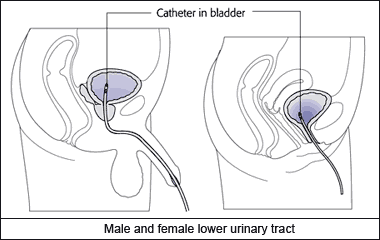IGEM:IMPERIAL/2007/Graphs presentation
Suggestions
- Shall we display our data as a rate of GFP produced or as a concentration with time. For final graph I think that the rate is a better idea, think we can pick a steady phase and quote the time need to reach this phase.
Graphs Presentation
This is a page to help us decide on what graphs to use for the final presentation. The structure and possible the graphs will change as the story line changes, however, if we put down all the graphs we think we are going to use.
If people agree on the list we can put up the graphs we have already.
One issue is in vivo, Paul Freemont raised the issue that we should have some comparison. Not sure where we can fit this in.
1.Calibration Curve
To measure our cell free systems we decided to use fluorometer. In order to model our system we wanted to construct a calibration curve to convert our data into rate of GFP produced. To do this we purified GFPmut3b.
Graph:calibration curve ([GFP] vs Fluorescence) - in commcerial cell extract (total volume consistent with our reactions) -
figure:SDS-gel of purified GFP
photo of purified GFP. In an eppendorf tube in day light as it is clearly visible.
Graph:Degradation of GFP In commcerial Cell extract (Again volume consistent)
Also I think it would be valuable explaining how we have explored changing our methodology e.g. concerning evaporation etc.
2.Introduction into cell free systems
To help us show introduce the different types of cell free and explain that we looked into the commercial S30 and home made. In the end we chose commercial because of the higher output.
- Graph presenting the properties of a cell free system (lifespan, initial production rate, total protein production ...)
- Cell-free systems we played with:
- Home made S30
- Commercial S30
- Commercial S30 in vesicles
- Block diagram to illustrate recipe on how to make a cell extract ?
- Graph: Comparison of Home made cell extract and commercial vs Fluorescence they each produce *Block diagram to illustrate recipe on how to make vesicles ?
3.Optimizing the S30
Model:DNA conc vs output
Graph:Plux DNA Conc vs Fluorescence
Graph:PTet DNA Concentration vs Fluorescence
4.Infecter Detector
First need to explain construct 1 and construct 2, explaining that we had to purify LuxR. Need to explain we successfully purified LuxR, however when we tested it it appeared to work less efficiently as construct 1.
- Model:Construct 1+construct 2 vs Output
- Graph:Construct 1+construct 2 vs Fluorescence
- Model:Transient function of construct 1 (energy limited)
- Model:AHL conc vs output at specific time
- Final titration curve of AHL vs fluorescence (Probably a 6 hour period, or if we do managae to find a visible threshold will choose an appropriate time based on this, Alternaivly could display rate of GFP produced which can be taken from the steady phase of our graph)
- Graph:AHL conc vs Rate of GFP produced for steady phase of graph
- what about the concept of visual threshold ? => photo of DsRed Express?
- Final testing with DsRed express (touch wood)
- Need to think about mock up, going to be either in a gel or in a tube
- Photo/Video:DsRed express being expressed in..and being visible

5.Cell by Date
ant has already made a page concerning this,
http://openwetware.org/wiki/IGEM:IMPERIAL/2007/Cell_By_Date/Testing
- It would be good to list again all the data we want to present.
- What about the modelling data ?